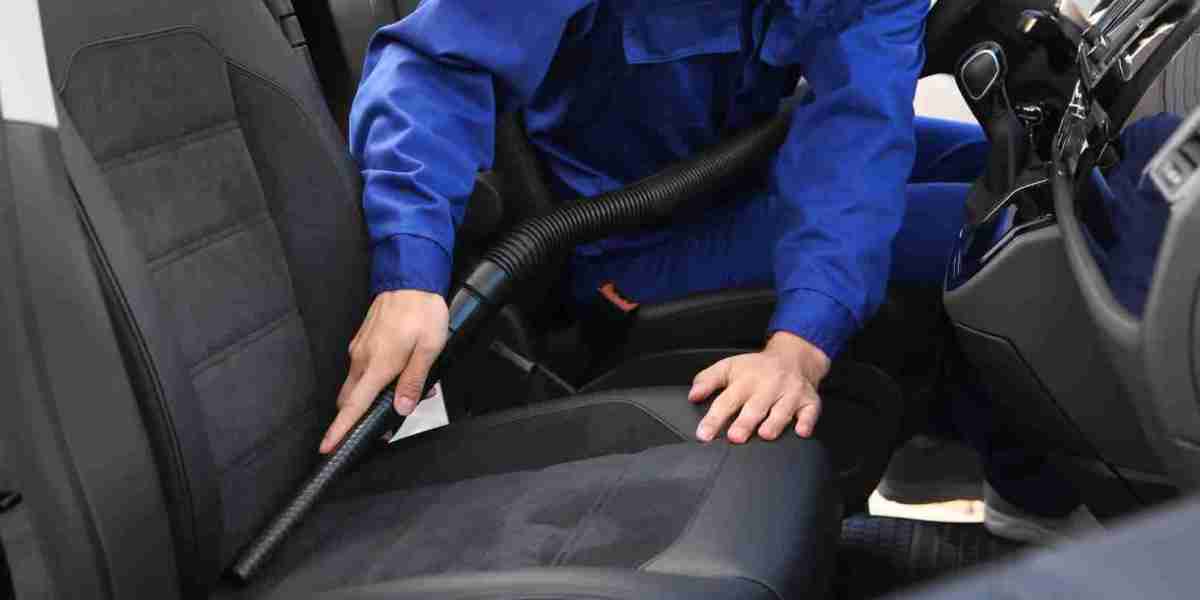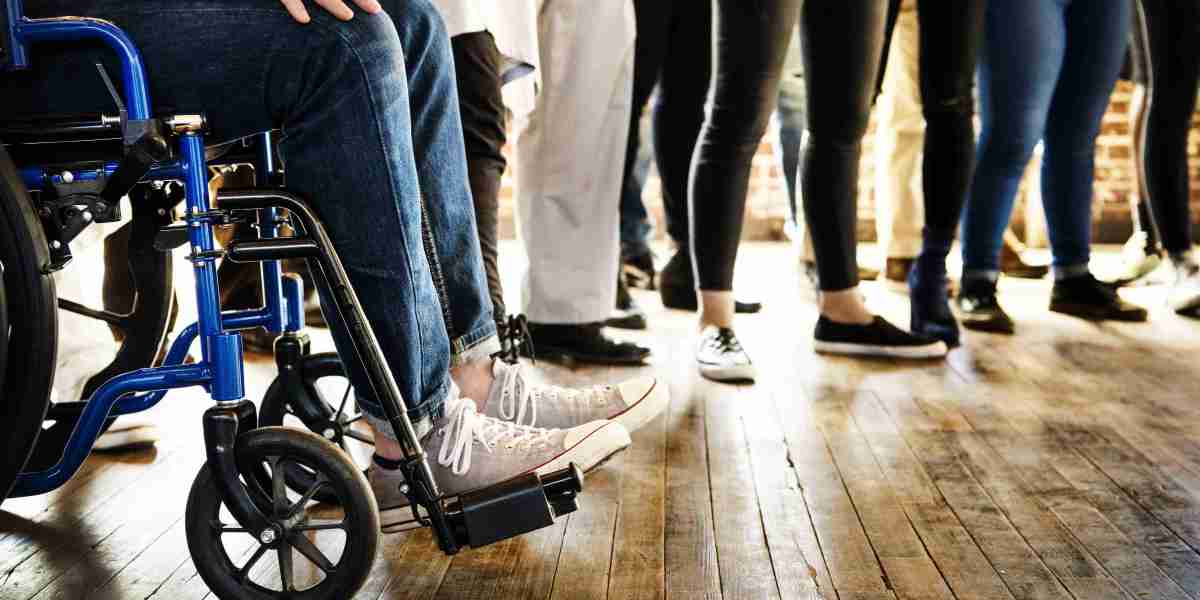Liposuction is a popular cosmetic procedure designed to remove stubborn fat deposits from various areas of the body, allowing individuals to achieve a more contoured and toned appearance. However, many potential patients often have concerns about the recovery process. Understanding the recovery timeline is essential for setting realistic expectations and ensuring a smooth healing journey. This blog explores the typical recovery time for liposuction, what patients can expect, and tips for optimizing the recovery process.
Understanding Liposuction:
Liposuction in Islamabad, or suction-assisted lipectomy, involves the removal of fat through small incisions in the skin. It can target areas such as the abdomen, thighs, hips, arms, and neck. While liposuction is generally considered a minimally invasive procedure, it is still a surgical operation that requires careful attention to the recovery process.
Immediate Post-Operative Phase:
1. Recovery Room:
After the liposuction procedure, patients are typically taken to a recovery room for monitoring. This period may last a few hours, during which medical staff will ensure that the patient is stable and that vital signs are normal. Depending on the extent of the procedure, patients might be allowed to go home the same day or may require an overnight stay in the hospital.
2. Initial Symptoms:
In the first few hours post-surgery, patients may experience swelling, bruising, and some discomfort in the treated areas. Surgeons usually prescribe pain medications to help manage discomfort, and patients are advised to rest as much as possible.
The First Week: Healing Begins:
1. Days 1-3:
The first three days are critical for recovery. Patients are encouraged to rest and avoid strenuous activities. Swelling and bruising are likely to peak during this time. Many surgeons recommend wearing compression garments to help reduce swelling and support the healing process. These garments should be worn as instructed to enhance the results of the procedure.
2. Days 4-7:
By the end of the first week, many patients can resume light activities, such as walking. Gentle movement helps improve circulation and reduces the risk of blood clots. A follow-up appointment with the surgeon typically occurs within this week to assess healing, remove stitches (if applicable), and address any concerns.
Weeks 2 to 4: Gradual Resumption of Activities;
1. Week 2:
Most patients begin to feel significantly better during the second week. Swelling and bruising should start to diminish, and many individuals can return to light work or non-strenuous daily activities. It’s essential to listen to your body and avoid any activities that could strain the healing areas.
2. Weeks 3-4:
By the third and fourth weeks, many patients are able to return to their regular routines, including light exercise. However, high-impact workouts, heavy lifting, and intense physical activities should still be avoided. Full mobility may not yet be restored, but patients will likely notice an improvement in their comfort level and overall activity.
Month 1: Continued Recovery:
The first month after liposuction is crucial for achieving the best results. Swelling continues to decrease, and the final shape of the treated areas starts to become more apparent. Some important aspects of recovery during this period include:
- Changes in Sensation: Patients may experience temporary numbness or tingling in the treated areas. This is generally normal and resolves as healing progresses.
- Follow-Up Care: Regular follow-ups with the surgeon are important to ensure proper healing and to address any questions or concerns that may arise.
Months 2 to 3: Final Stages of Healing:
Most patients will notice significant changes in their body shape during the second to third month following the procedure:
- Visible Results: By the two- to three-month mark, swelling should have mostly resolved, and the final results of liposuction will become clearer. Patients will see more defined contours and a smoother silhouette.
- Physical Activity: Patients can gradually return to their full exercise routine, including weight training and high-intensity workouts. However, it is crucial to continue monitoring the body’s response and avoid pushing too hard too soon.
Long-Term Recovery and Maintenance:
While most of the visible effects of liposuction are apparent within three months, complete healing can take up to six months or longer. It is important for patients to maintain a healthy lifestyle, including a balanced diet and regular exercise, to preserve their results. Liposuction removes fat cells, but it does not prevent future weight gain.
Conclusion:
The recovery time for liposuction varies from person to person, but patients can generally expect a timeline of about one to three months to return to normal activities fully. By understanding the stages of recovery and following post-operative care guidelines, individuals can enhance their healing experience and enjoy the results of their surgery.
With proper care and a commitment to a healthy lifestyle, patients can maintain their new contours and feel more confident in their appearance for years to come. Liposuction can be a life-changing procedure, and being informed about the recovery process is an essential step toward achieving desired outcomes.
For more information visit Dynamic Clinic PK.





